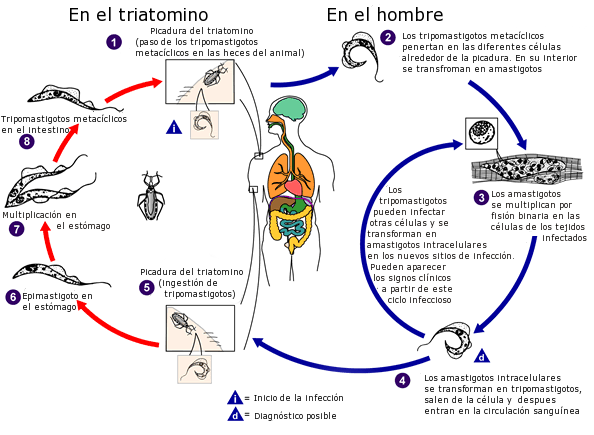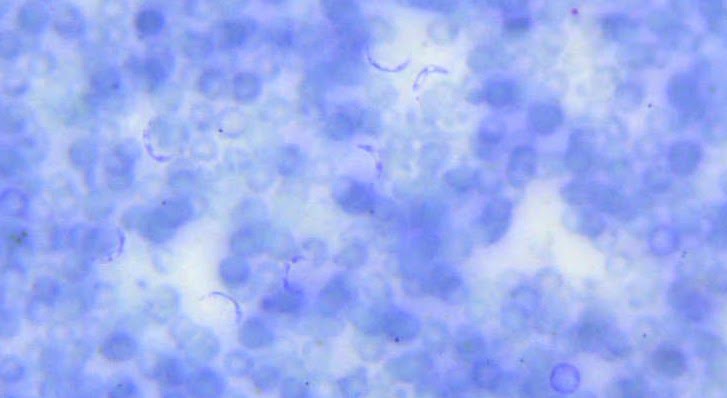Tryponosoma cruzi
Trypanosoma cruzi is a protist that is characterized by having only one flagellum and only one mitochondrion, whose genome is organized in a complex and compact region (in the mitochondrion itself, and near the base of the flagellum), called the kinetoplast. It is an intracellular parasite with a life cycle that involves vertebrates and invertebrates. It is the etiological agent of Chagas disease.

CYCLE
Apoyo a acciones de Innovación Docente – Vicerrectorado de Estudios / Consultas e incidencias técnicas- Tlf: 96 522 2059 –
